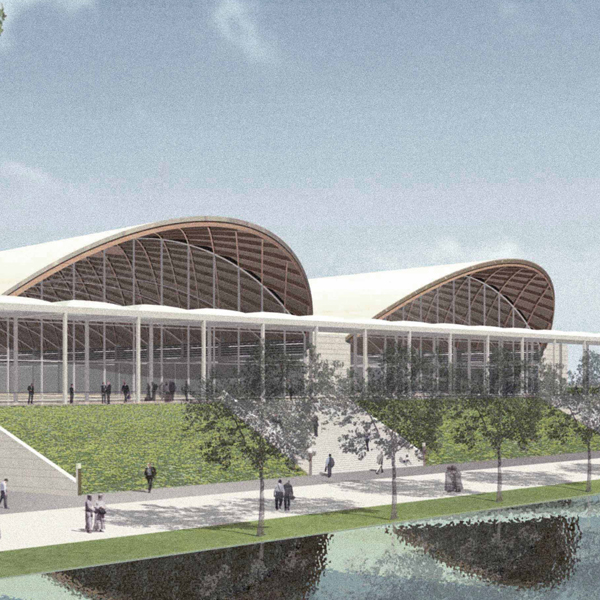The construction industry, as two fundamental pillars in the national development of any country, plays a significant role in improving the quality of life and general welfare of the people. In Iran, given its geographical location, natural resources, and young and talented human resources, these two sectors can act as the main drivers of economic and social growth. In this article, we will examine the role of industry and construction in the advancement of Iran’s national development and its impact on the general welfare of the people.
1. The importance of industry in national development
Industry, as one of the main pillars of the economy, has a great impact on national growth and development. In Iran, industry is of particular importance, especially in the fields of oil and gas, petrochemicals, steel, and cement. These industries not only help generate wealth and employment, but they also help develop other sectors by creating the necessary infrastructure.
1.1. Job creation
Industry is known as one of the largest sources of employment in Iran. Given the country’s young population, creating job opportunities in this sector can help reduce unemployment rates and increase public welfare. Various industries help improve the livelihoods of households and increase their income by attracting labor.
1.2. Increase in GDP
As one of the main factors of the country’s gross domestic product (GDP), industry plays an important role in economic growth. By increasing the production and export of industrial products, it is possible to improve the trade balance and increase national income. This, in turn, can help provide funding for development and social projects.
2. The role of construction in national development
The construction sector, as a sub-sector of industry, has a great impact on national development and public welfare. This sector not only helps provide housing and infrastructure necessary for people’s lives, but also creates job opportunities and increases investment.
2.1. Housing provision
Providing adequate and quality housing is one of the basic needs of every society. In Iran, given the population growth and increasing demand for housing, the construction sector needs to develop rapidly. This can help reduce marginalization and improve people’s quality of life.
2.2. Creating the necessary infrastructure
The construction sector helps create the infrastructure necessary for economic and social development. Building roads, bridges, hospitals, and schools are among the development projects that can improve people’s quality of life and increase public welfare. This infrastructure not only helps facilitate access to public services, but also attracts foreign and domestic investments.
3. The impact of industry and construction on public welfare
The development of industry and construction directly and indirectly affects the general well-being of the people. These impacts include improved living conditions, increased income, reduced poverty, and improved access to public services.
3.1. Improving living conditions
The development of industry and construction directly and indirectly affects the general well-being of the people. Providing adequate housing, access to health and educational services, and creating job opportunities all help increase people’s quality of life. This, in turn, can lead to reduced social discontent and increased social stability.
3.2. Increasing income and reducing poverty
The development of industry and construction helps increase household income and reduce poverty. By creating job opportunities and increasing production, people’s income increases, which can lead to an improvement in their economic and social conditions. Also, with increased income, people will be able to access health, educational, and cultural services, which will help improve their quality of life.
4. Challenges and obstacles
Despite the importance of industry and construction in national development and public welfare, these two sectors also face numerous challenges and obstacles. These challenges include lack of investment, infrastructure problems, administrative corruption, and lack of coordination between different institutions.

